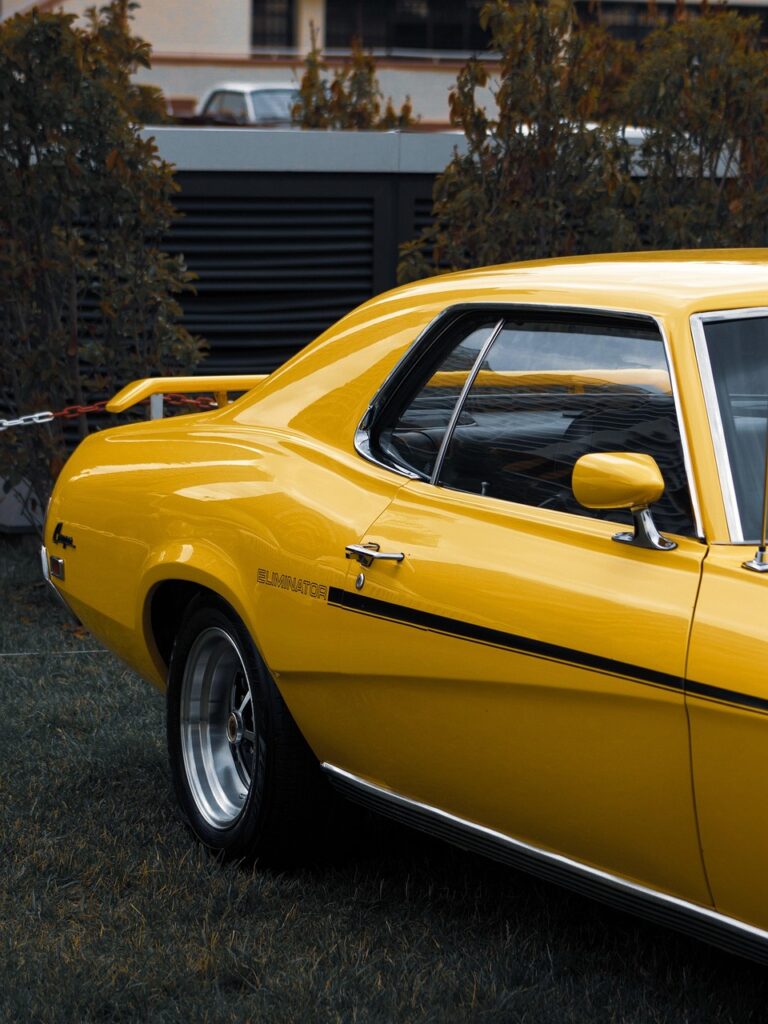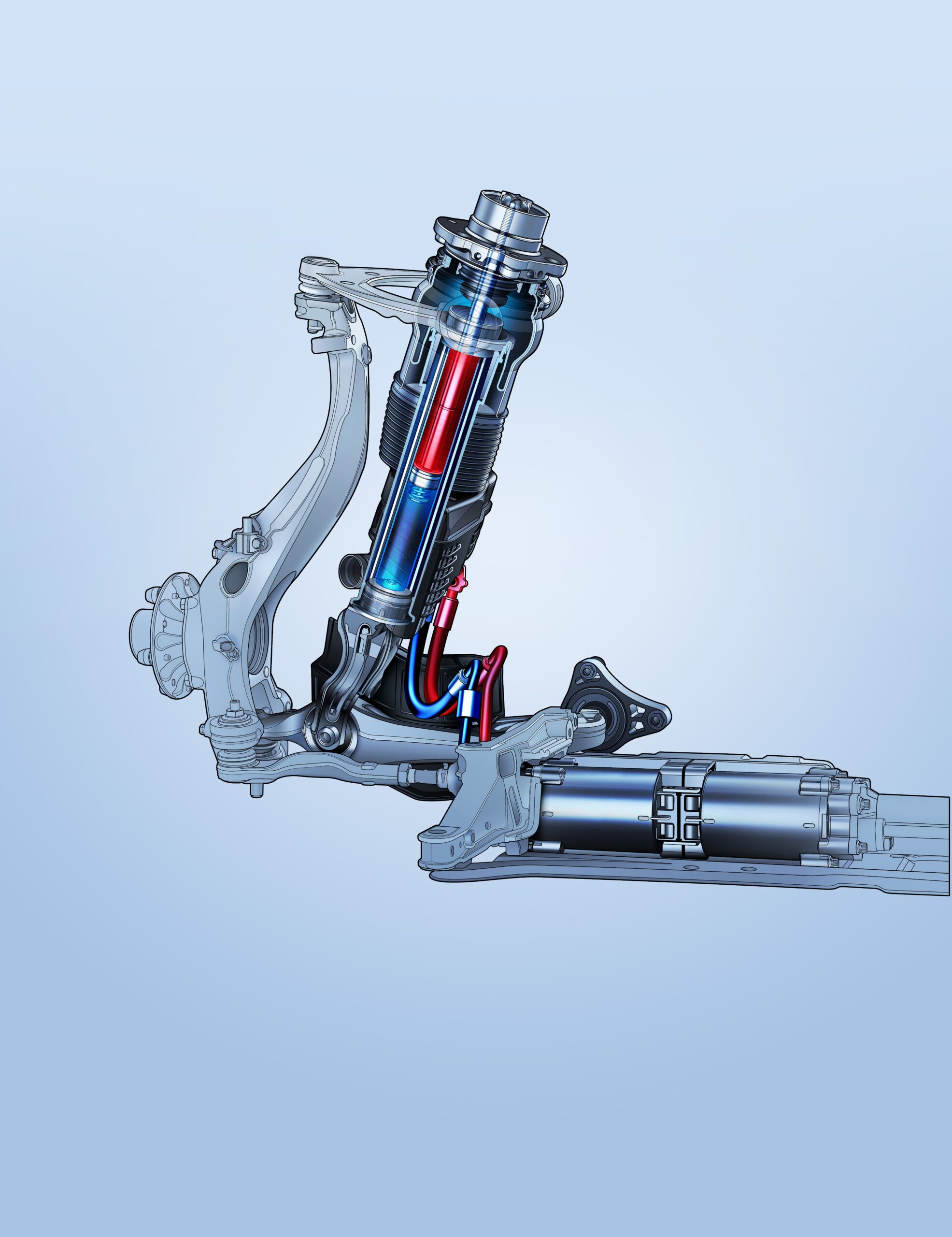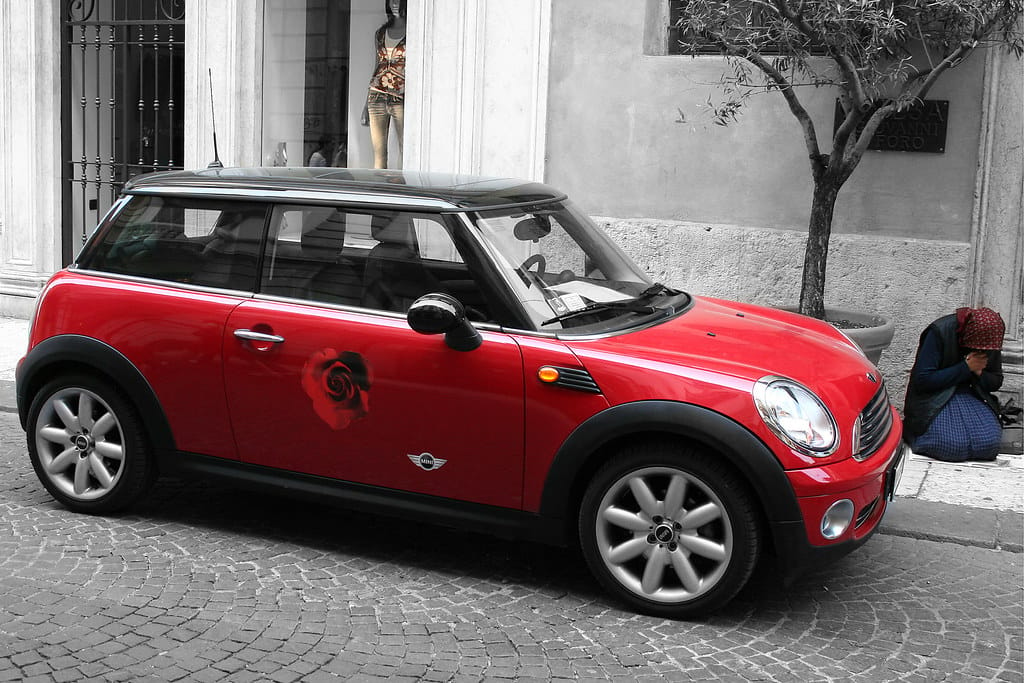
The automotive industry has long been synonymous with glamour, especially at its zenith in the luxury car sector. These esteemed brands, from iconic European marques to ambitious newcomers, consistently promise the pinnacle of performance, design, and exclusivity, catering to a discerning clientele that expects nothing less than perfection. However, beneath this veneer of opulence and aspiration, the world of luxury automobiles is currently navigating a period of profound uncertainty, grappling with a confluence of challenges that threaten to reshape its very foundations. What was once a seemingly unassailable market, enjoying record profits during the pandemic-induced shortages, now faces a stark reality: an inventory crisis of unprecedented scale, coupled with lukewarm customer interest in new technological directions and fierce global competition.
This precarious situation is not merely a transient blip; it represents a significant reckoning for brands that have historically thrived on their perceived invincibility and exclusivity. Supply difficulties continue to plague production lines, while a notable slowdown in the crucial Chinese market is dampening sales volumes. Compounding these issues is a discernible hesitation among consumers to fully embrace new electric models, forcing several luxury car manufacturers to reconsider ambitious electrification strategies that were once deemed the undisputed future. The resulting inventory pile-up at dealerships, stretching inventory holding days far beyond sustainable levels, is a potent indicator of deeper structural issues, revealing vulnerabilities that even the most prestigious names cannot ignore.
As we delve into this complex landscape, it becomes abundantly clear that the challenges extend beyond mere sales figures. High interest rates, escalating production costs, and intense competition are squeezing profit margins, forcing companies to undertake serious restructuring and reassess their strategic priorities. This article will shine a light on the luxury car brands currently grappling with these immediate pressures, exploring how these powerful forces are manifesting in their operations and, in some cases, raising fundamental questions about their long-term viability in a rapidly evolving global market. We will examine the specific predicaments of seven key players, unraveling the intricate web of factors contributing to their current struggles.
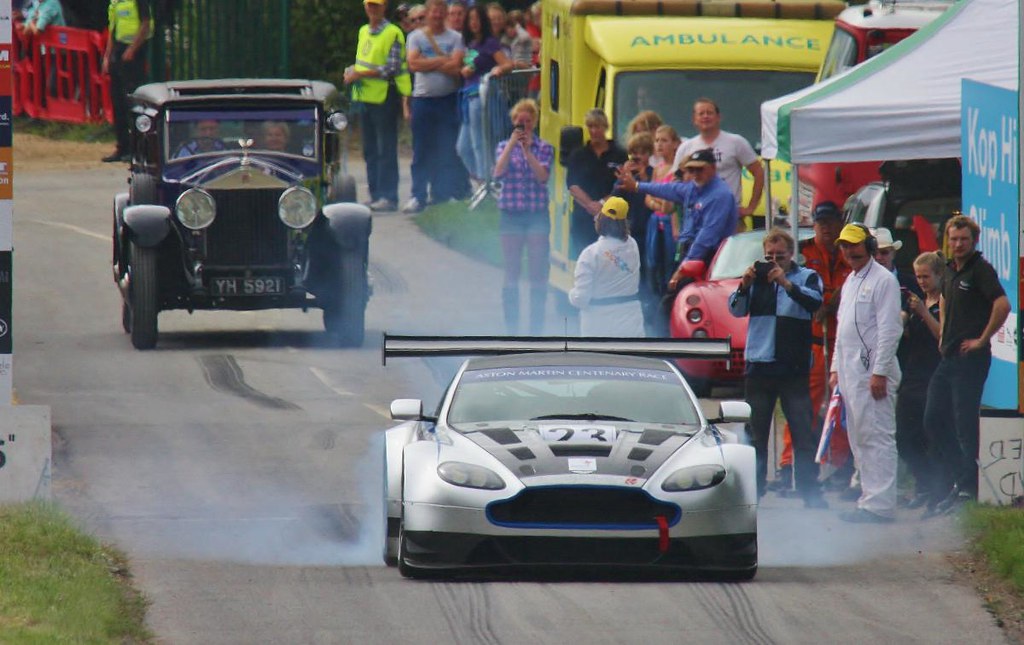
1. **Aston Martin**
Aston Martin, the renowned British manufacturer synonymous with sophistication and high performance, recently made headlines by significantly lowering its financial forecasts. The company has readjusted its projections for the current year, indicating that both sales and profits are expected to be lower than in the preceding year. This adjustment reflects a challenging market environment that is impacting even the most exclusive segments of the automotive industry.
Specifically, Aston Martin anticipates a substantial decrease in its output, expecting to produce 1,000 fewer cars than in 2023. This represents a 14% drop in overall production, a clear signal of the brand’s response to softening demand and persistent supply chain issues. Such a reduction in production volume underscores the difficulties luxury brands face in maintaining sales momentum amidst global economic headwinds and shifting consumer preferences.
Adding to the concern, Aston Martin’s CEO, Adrian Hallmark, publicly announced receiving his first profit warning. This pivotal moment prompted the British manufacturer to revise its accounts, highlighting the severity of the situation. The need for such a revision indicates that the brand is navigating a critical period, requiring careful strategic adjustments to secure its financial health and market position for the foreseeable future.
Read more about: Unearthing Automotive Gold: These Rare Classic Car Parts Command Fortunes in the Collector’s Market
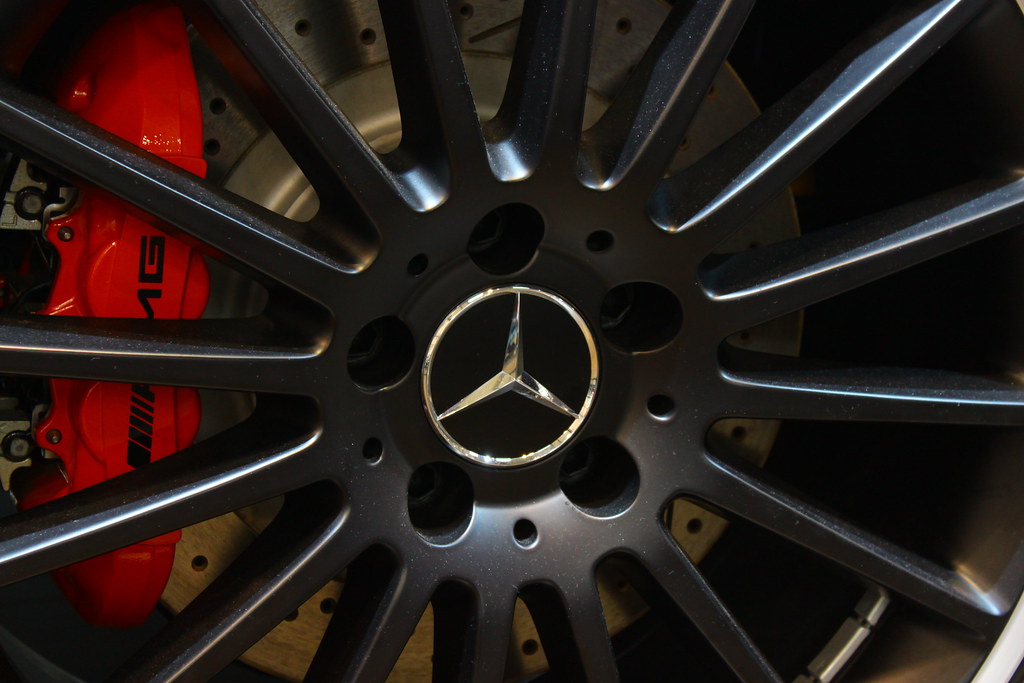
2. **Mercedes-Benz**
Mercedes-Benz, a titan of German luxury automotive engineering, is also experiencing a significant downturn in its production figures for 2024. The brand anticipates a 14% drop in production, mirroring the challenges faced by other high-end manufacturers. This reduction means Mercedes-Benz will produce only 6,000 cars this year, a sharp contrast to its historical output.
This slowdown is primarily attributed to a combination of supply difficulties and the stagnation of the crucial Chinese market, which traditionally represents a substantial portion of luxury vehicle sales. The inability to secure essential components consistently, coupled with a decline in demand from one of the world’s largest automotive markets, creates a formidable obstacle for the brand’s operational efficiency and profitability.
Moreover, the broader struggles of luxury brands, including Mercedes-Benz, are compounded by what has been described as an “oversupplied, overpriced market.” While the brand’s new S 580 model, for instance, has seen its price climb significantly from $100,000 in 2018 to $145,000 today, comparable lease payments have also soared. These elevated price points, in an environment of reduced demand, contribute to the margin compression impacting both dealers and OEMs, making it increasingly difficult to attract buyers.
Read more about: Unearthing Automotive Gold: These Rare Classic Car Parts Command Fortunes in the Collector’s Market
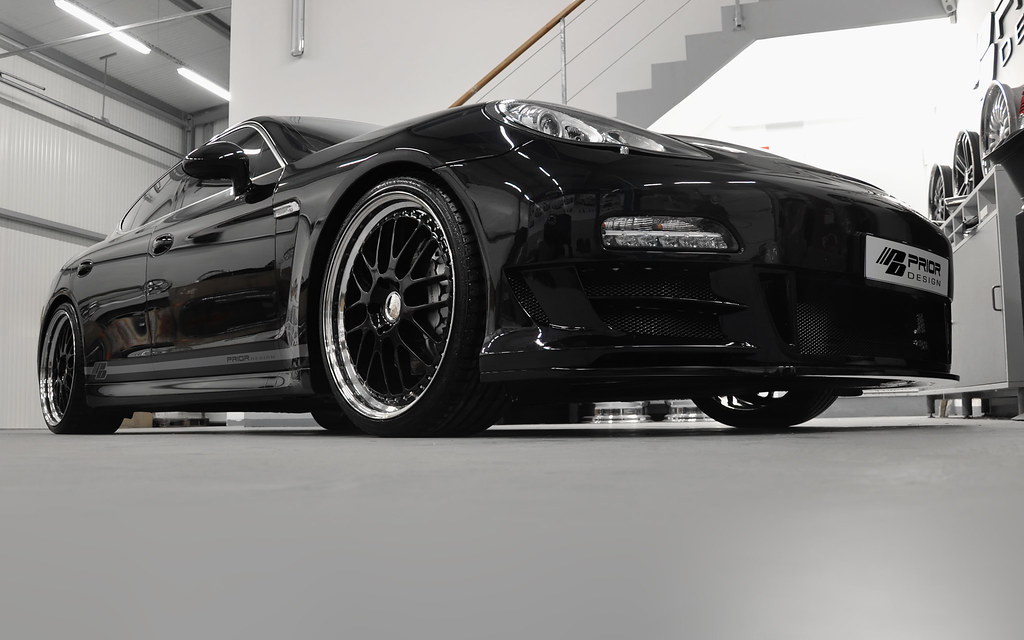
3. **Porsche**
Porsche, another German marque synonymous with performance and precision, has openly acknowledged its own set of challenges, leading to a proactive “cost-cutting” program announced in July after a problematic first half-year. The reasons cited for these difficulties align with those impacting many luxury manufacturers: supply difficulties and the stagnation of the Chinese market. This candid admission highlights the widespread nature of the current industry crisis.
The sales figures for Porsche further illustrate this predicament, with the brand delivering 7% fewer cars between January and June compared to the same period in the previous year. Such a decline in deliveries, despite the brand’s strong heritage and loyal customer base, underscores the pervasive impact of external market forces and changing consumer behaviors on even the most coveted automotive names.
In a significant strategic pivot, Porsche’s CEO, Oliver Blume, confirmed the German manufacturer’s intention to slow down investment in the development of electric and hybrid engines. This decision is particularly notable given the substantial investments made in these technologies in recent years. The re-evaluation stems directly from a “lack of customer interest in new electric models,” a sentiment that appears to affect all luxury car manufacturers, forcing a recalibration of future product roadmaps and a re-emphasis on more appealing hybrid options.
Read more about: Unearthing Automotive Gold: These Rare Classic Car Parts Command Fortunes in the Collector’s Market
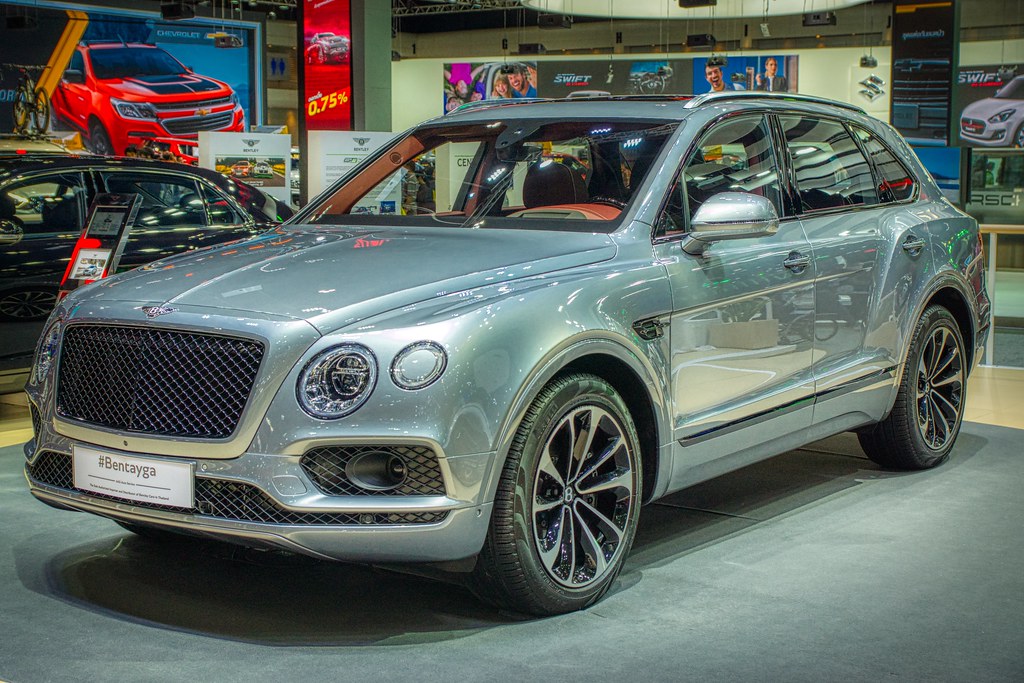
4. **Bentley**
Bentley, a revered British luxury brand, finds its ambitious electrification plans in serious jeopardy. Just two years ago, Bentley had announced an electric-only program, with the aim of finalizing its transition to an all-electric lineup by 2030. However, the future steps for its Beyond100 and #GotoZero projects, conceived to achieve carbon neutrality, are now likely to require significant adjustments.
Central to this dilemma is a fundamental issue of customer perception. As Frank-Steffen Walliser, Bentley’s Managing Director, noted last July, luxury car buyers are struggling to associate the concept of a top-of-the-range vehicle with an electric powertrain. This disconnect reveals a significant hurdle for brands attempting to push a fully electric agenda, as the traditional luxury consumer’s expectations regarding performance, range, and brand prestige may not yet align with current EV offerings.
The immediate consequence of this shifting sentiment is that plans for five 100% electric vehicles, originally slated for public release next year, are now shrouded in doubt. Although the first 100% electric Bentley is still expected to be unveiled in 2026, with market entry in 2027, the current market situation suggests that these plans could undergo further revisions. This uncertainty underscores the delicate balance luxury brands must strike between innovation and market readiness.
Read more about: Tito Jackson: A Poignant Look at the Life and Legacy of the Jackson 5’s Enduring Guitarist
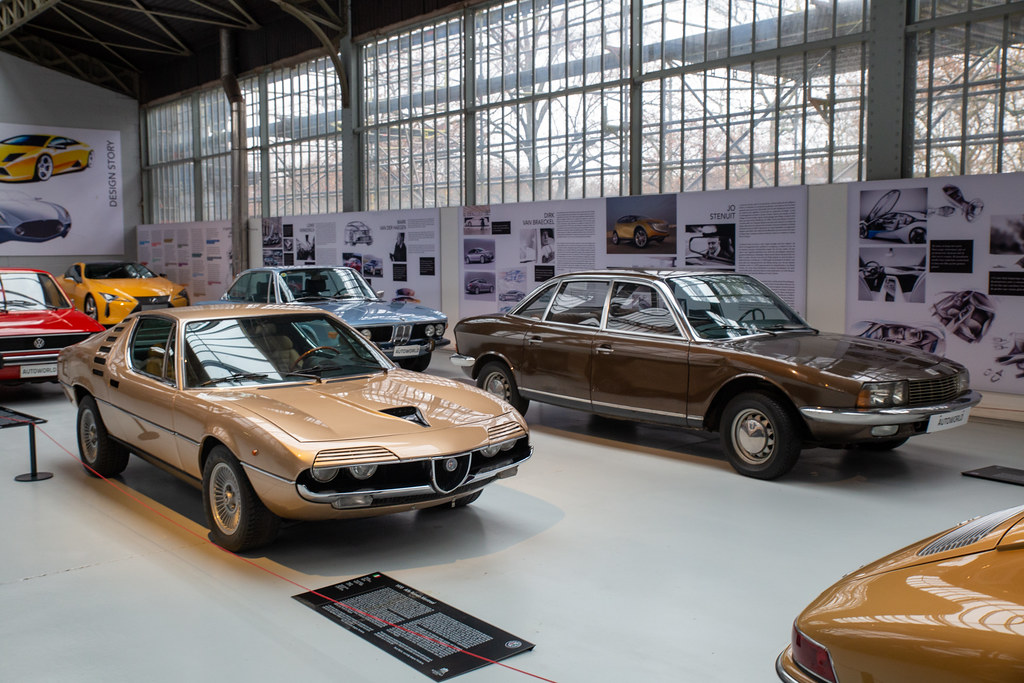
5. **Alfa Romeo**
Alfa Romeo’s journey in North America, initially marked by a bright future and rapid sales growth following its 2016 arrival, has taken an unfortunate turn. Sales climbed quickly, peaking at nearly 24,000 units in 2018, demonstrating a strong initial appeal for its distinct Italian flair and performance capabilities. However, this upward trajectory proved unsustainable.
Since its peak, Alfa Romeo’s sales have been in a steady decline. In 2024, the brand sold just 8,865 cars in the U.S., a significant drop that raises concerns about its long-term viability in the competitive American market. Further exacerbating the situation is the cancellation of the high-performance Quadrifoglio versions of the Giulia and Stelvio, which leaves an even narrower product lineup for American car buyers and potentially alienates a segment of its enthusiast base.
Adding to the brand’s precarious position are recent leadership shakeups within its parent company, Stellantis. Such organizational volatility often signals a reassessment of portfolio strategies, and industry observers now consider Alfa Romeo to be high on the unfortunate list of brands potentially facing an exit from the market. Its struggles reflect a broader challenge faced by several Stellantis brands, as the conglomerate grapples with rationalizing its extensive global footprint.
Read more about: Unearthing Automotive Gold: These Rare Classic Car Parts Command Fortunes in the Collector’s Market
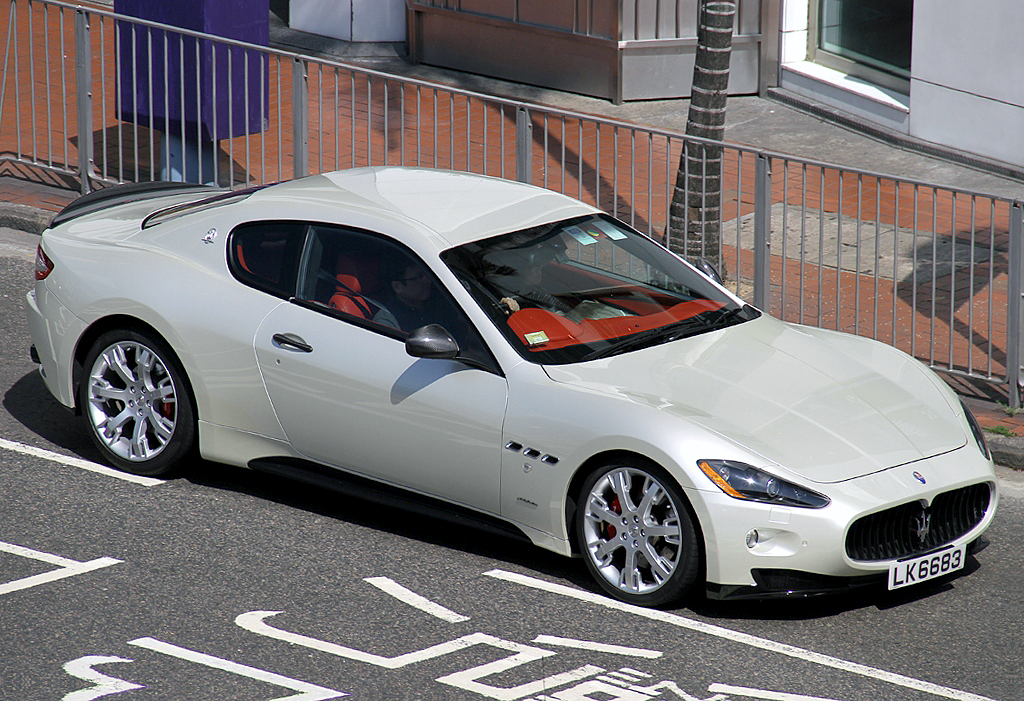
6. **Maserati**
Maserati, a distinguished Italian luxury brand known for its distinctive styling and powerful engines, is currently navigating significant challenges within the broader Stellantis portfolio. The brand has seen its sales contract sharply over the past decade, a trend that places it among several Stellantis marques struggling to maintain market relevance and profitability in a fiercely competitive environment. This downturn underscores the difficulties faced even by iconic names when confronted with shifting market dynamics.
The contraction in Maserati’s sales figures is part of a larger issue affecting Stellantis as a whole in the U.S. market. The conglomerate’s sales are reported to be down 42% from 2015 to 2024, plummeting from 2,243,907 vehicles sold to just 1,303,570. This severe reduction in overall sales places immense pressure on individual brands within the group, forcing a critical re-evaluation of their strategic importance and economic contributions.
Against this backdrop of corporate struggle, new leadership at Stellantis is actively looking to “trim the fat” from its U.S. market offerings. While brands like Alfa Romeo and Chrysler are reportedly high on the list for potential divestment or restructuring, Fiat and Maserati are identified as “clear runner ups.” This suggests an increasingly uncertain future for Maserati, as Stellantis prioritizes efficiency and profitability across its sprawling automotive empire, potentially leading to difficult decisions about its less profitable luxury divisions.
Read more about: The 10 Most Regrettable New Cars to Buy Now: A Deep Dive into High Repair Costs and Ownership Burdens
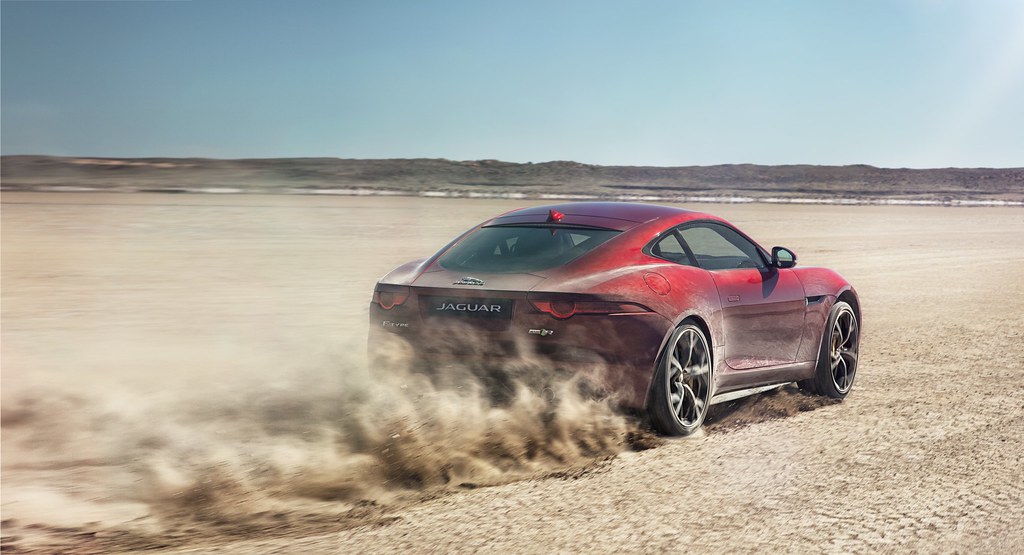
7. **Jaguar**
Jaguar, the quintessential British luxury automaker, is facing an unprecedented and concerning situation, essentially “taking a year off in 2025.” This drastic measure, where the brand scales back its operations and product launches, is undeniably a bad sign for its health and long-term prospects in the North American market. Such a pause indicates profound underlying challenges that necessitate a significant strategic recalibration.
The brand’s predicament is exacerbated by a dual challenge: the slower-than-anticipated progress of its electrification strategy, coupled with a decline in sales of its traditional internal combustion engine (ICE) models. This delicate transition period, caught between an evolving market demand for EVs and a waning interest in conventional powertrains, leaves Jaguar in a particularly vulnerable position. It raises serious questions about whether the brand will have a sustainable future in North America beyond 2025.
Compounding these strategic and market-related issues is the stark reality of its sales volume. In 2024, Jaguar sold just 13,210 cars in America, a figure deemed insufficient to maintain relevance in the coming decade. To survive and thrive, Jaguar must urgently address its product strategy, accelerate its electric vehicle development in a way that resonates with consumers, and redefine its market presence to escape the current trajectory towards obscurity.
Read more about: Unearthing Automotive Gold: These Rare Classic Car Parts Command Fortunes in the Collector’s Market

8. **Nissan**
Nissan, a Japanese automaker, is currently navigating a severe financial predicament, with its leadership acknowledging an “extremely tough situation.” The recent failure of a proposed merger with Honda underscores the difficulties in finding strategic pathways forward, highlighting a need for urgent restructuring. Operational inefficiencies are evident in manufacturing facilities running below capacity, contributing to a significant inventory pile-up at dealerships and eroding profitability.
A deeper analysis of Nissan’s U.S. market presence reveals a substantial disconnect: while its infrastructure is geared for an 8.5% market share, actual penetration hovers around 4.5%. This persistent gap highlights a fundamental issue in converting potential into sales, reflecting years of declining performance and intense competition from rivals like Toyota and Hyundai. The brand’s inability to compete effectively has led to a steady loss of market share.
The financial health of Nissan is a pressing concern, with urgent calls for radical strategic adjustments. Despite annual sales still exceeding 900,000 units in the U.S., the company’s balance sheet remains highly vulnerable. As Nissan navigates this challenging global landscape, overcoming past complacency is critical for its long-term viability and ability to transform its operations effectively.
Read more about: Desperate Dealers? 10 Trucks Drowning in Excess Inventory That Could Be Your Next Steal

9. **Mini**
The Mini brand, a subsidiary of BMW, is experiencing a significant downturn in sales, raising concerns about its long-term viability. This decline is largely attributed to Mini’s shift away from its original compact niche, as its vehicles have progressively grown in size. This dilution of its unique selling proposition has made it harder for the brand to resonate with consumers.
Mini’s U.S. market peak in 2012 saw 76,354 units sold, a stark contrast to recent performance. The new Countryman, for instance, faces a daunting 188 days of supply, indicating low demand and strategic missteps. Such elevated inventory levels compress dealer margins and signal a disconnect with consumer expectations, particularly regarding the brand’s core identity.
While BMW’s ownership provides stability, Mini’s persistent underperformance could lead to difficult decisions. The luxury automotive sector demands clear brand narratives and continuous innovation, and Mini’s current trajectory suggests it needs a substantial recalibration to regain market momentum and ensure its sustained presence in a highly competitive environment.
Read more about: Unearthing Minnesota’s Automotive Treasures: An In-Depth Look at Its Premier Vintage Truck Collections
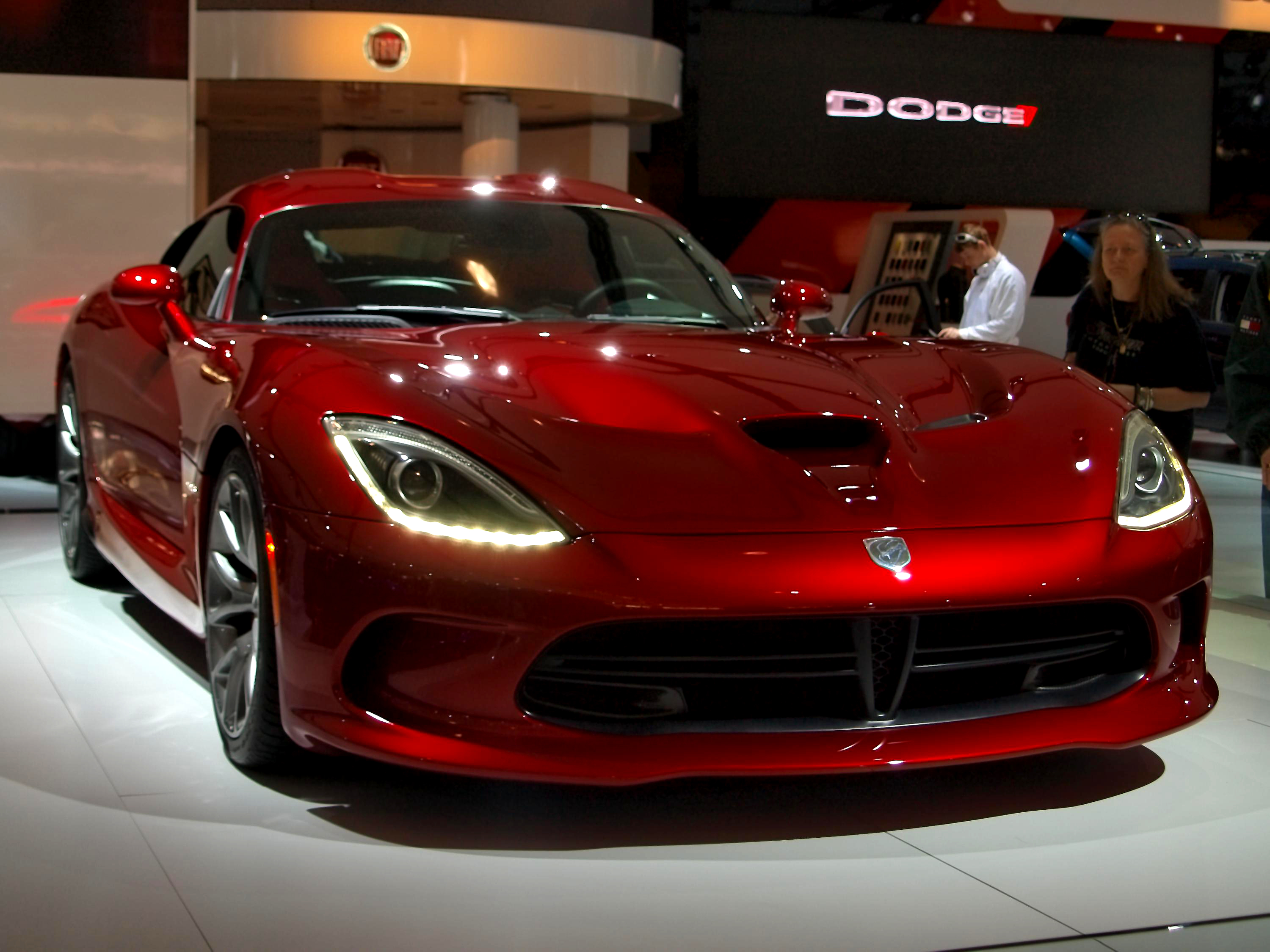
10. **Chrysler**
Chrysler, an iconic American automotive brand, faces an existential crisis, having narrowed its product lineup to exclusively minivans in 2025 following the discontinuation of its 300 sedan. This drastic contraction to only the Pacifica and Voyager signals a brand in retreat, struggling to maintain relevance and market share amidst fiercer competition.
The brand’s sales performance reflects its declining stature, with a dramatic 50% fall over the past decade. This precipitous drop places immense pressure on Chrysler’s long-term viability within the Stellantis conglomerate, which is actively seeking to streamline its U.S. market offerings. Further compounding challenges, the cancellation of Chrysler’s anticipated Airflow EV casts significant doubt on its future.
Without a clear path for future product development, especially in the crucial electric vehicle segment, Chrysler’s outlook remains highly uncertain. Once a symbol of American automotive prowess, the brand now exemplifies a legacy marque struggling to innovate and capture new consumer interest. Survival in today’s market demands continuous investment in new models, beyond relying on heritage alone.
Car Model Information: 2021 Chrysler Pacifica Touring-L
Categories: All set index articles, Articles with short description, Chrysler vehicles, Set index articles on cars, Short description is different from Wikidata
Summary: Chrysler Pacifica is a nameplate used by Chrysler for a variety of vehicles.
The name was first used on a luxury minivan concept vehicle in 1999, and later a crossover concept in 2002.
From 2004 to 2008, it was used on a mid-size crossover, and since the 2017 model year, it has been used as the Town & Country minivan’s replacement.
Vehicles using the nameplate are:
Chrysler Pacifica concept (1999), concept minivan
Chrysler Pacifica concept (2002), concept crossover
Chrysler Pacifica (crossover) (2004–2008), production version of the 2002 concept
Chrysler Pacifica (minivan) (2017–present), Chrysler Town & Country replacement
Get more information about: Chrysler Pacifica
Buying a high-performing used car >>>
Brand: Chrysler Model: Pacifica
Price: $28,550 Mileage: 32,188 mi.
Read more about: Planning on Trouble? The 14 Engines and Models Most Likely to Leave You Stranded Before 100,000 Miles
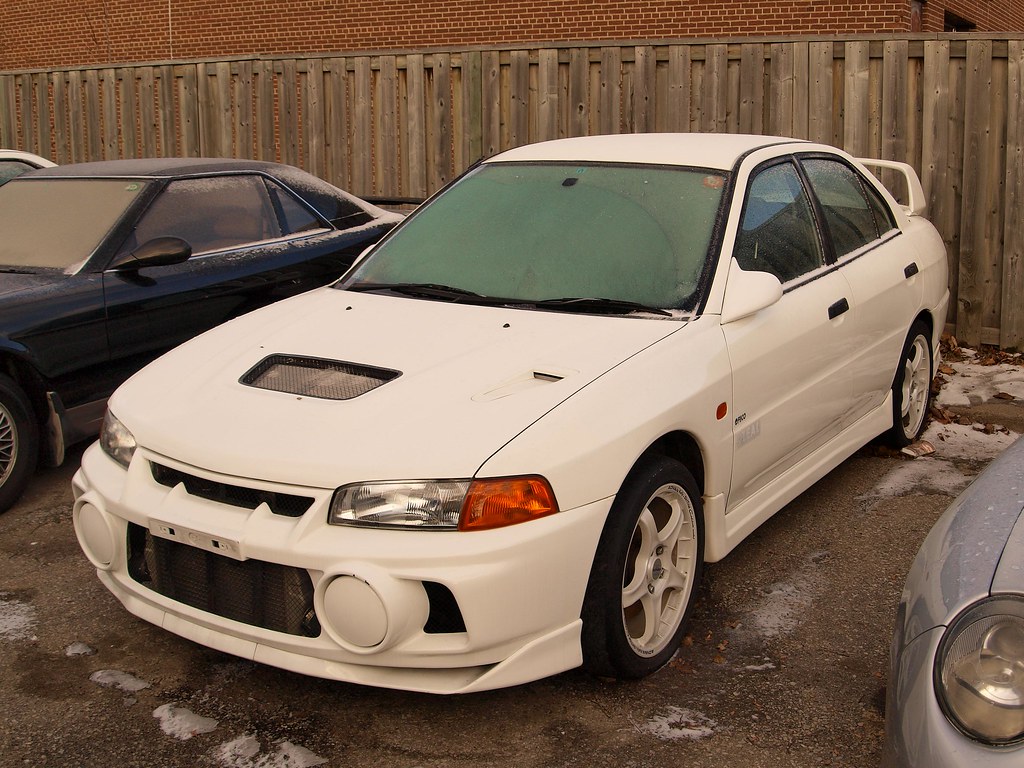
11. **Mitsubishi**
Mitsubishi, a Japanese automaker, confronts severe challenges that question its long-term U.S. market presence. Despite a reported increase in 2025 sales, primarily from the now-canceled Mirage—once America’s most affordable new car—this temporary boost is overshadowed by deep-seated structural issues and strategic missteps. The removal of its key volume driver, especially as demand for inexpensive vehicles rises, highlights a critical vulnerability.
The brand has significantly fallen behind its Japanese rivals like Toyota and Honda, a disparity evident in its limited dealership footprint. With only 300 locations in the United States, a mere fraction of its competitors’ networks, its retail presence severely hampers market reach and ability to compete for sales.
While the Outlander SUV has seen relative success, it remains uncertain whether a single model can sustain the brand and reverse its broader decline. Mitsubishi’s struggles underscore the immense difficulties faced by smaller players in a market dominated by aggressive competitors. Its future in the U.S. appears precarious, necessitating a substantial strategic overhaul to avoid further marginalization or potential withdrawal.
Car Model Information: 2023 Mitsubishi Mirage Ralliart
Name: Mitsubishi Mirage
Caption: Mitsubishi Mirage (sixth generation)
Manufacturer: Mitsubishi Motors
Production: 1978–2003,2012–present
Class: Subcompact car
Layout: Front-engine, front-wheel-drive
Predecessor: Mitsubishi Lancer (A70)
Successor: Mitsubishi Lancer#Eighth generation (2000)
Categories: 1980s cars, 1990s cars, 2000s cars, 2010s cars, 2020s cars
Summary: The Mitsubishi Mirage is a range of cars produced by the Japanese manufacturer Mitsubishi from 1978 until 2003 and again since. The hatchback models produced between 1978 and 2003 were classified as subcompact cars, while the sedan and station wagon models, marketed prominently as the Mitsubishi Lancer, were the compact offerings. The liftback introduced in 1988 complemented the sedan as an additional compact offering, and the coupé of 1991 fitted in with the subcompact range. The current Mirage model is a subcompact hatchback and sedan and it replaces the Mitsubishi Colt sold between 2002 and 2012.
Get more information about: Mitsubishi Mirage
Buying a high-performing used car >>>
Brand: Mitsubishi Model: Mirage
Price: $16,980 Mileage: 11,832 mi.
Read more about: The Platinum Pain: 15 Luxury Vehicles That Secretly Punish Their Owners with Sky-High Costs
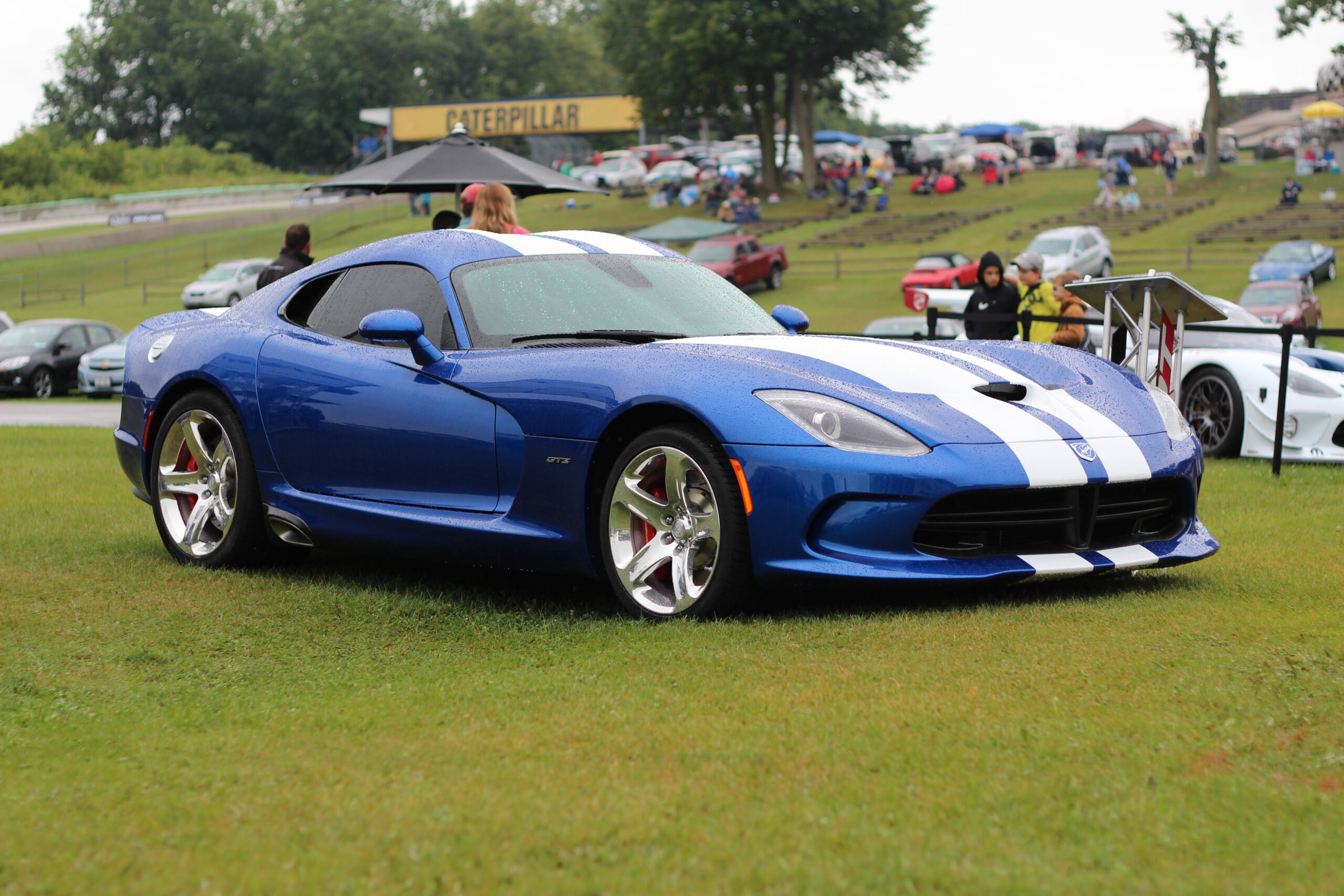
12. **Fiat**
Fiat, an iconic Italian brand within the Stellantis conglomerate, faces considerable difficulties in the U.S. market, jeopardizing its future. Over the past decade, Fiat’s sales, alongside other Stellantis brands, have sharply contracted, reflecting a broader struggle for the group to maintain its American foothold. Stellantis’s overall U.S. sales plummeted significantly from 2015 to 2024.
Fiat’s performance has been particularly weak, reducing its market presence to a mere fraction of its former standing. New Stellantis leadership is actively undertaking a strategic re-evaluation, aiming to “trim the fat” from its extensive U.S. brand portfolio. While Alfa Romeo and Chrysler are prime candidates for restructuring, Fiat is explicitly identified as a “clear runner up” in this critical assessment.
This situation highlights the brand’s vulnerability and the difficult decisions confronting its parent company. For Fiat, sustained viability necessitates not only revitalized product offerings but also a clearer strategic purpose within the Stellantis ecosystem. Without significant improvements in market performance and a renewed commitment, Fiat faces a highly uncertain future, risking a similar fate to other struggling brands.
Read more about: Unearthing Automotive Gold: These Rare Classic Car Parts Command Fortunes in the Collector’s Market
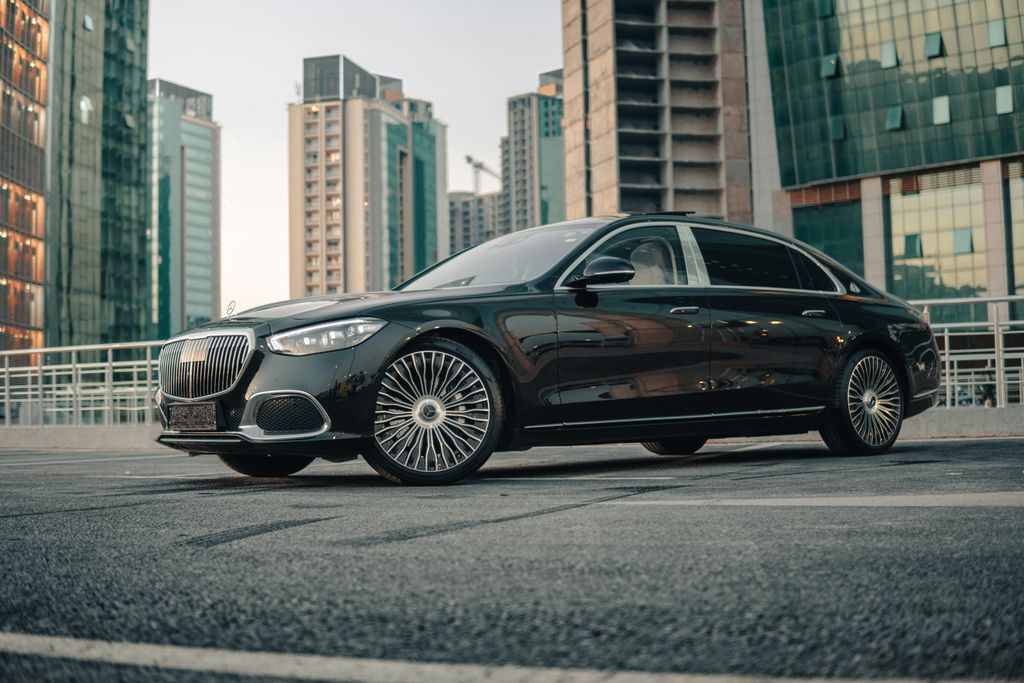
13. **Maybach**
Maybach, historically synonymous with ultimate automotive opulence, offers a compelling case study of a luxury brand that struggled to forge its own identity. Its early 2000s revival by Mercedes-Benz aimed to rival ultra-luxury players like Rolls-Royce, launching lavish models such as the Maybach Zeppelin DS8, which exemplified aspirational positioning.
Despite high-quality engineering and Mercedes-Benz’s backing, Maybach faced a fundamental challenge in brand differentiation. Potential buyers often saw little reason to choose a Maybach when a comparably luxurious Mercedes-Benz S-Class was available at a lower price. This lack of distinct value proposition undermined its market appeal, preventing it from establishing an independent and compelling ultra-luxury identity.
Consequently, Mercedes-Benz strategically discontinued Maybach as a standalone brand in 2012, integrating it as an ultra-luxury sub-brand within its S-Class lineup. This allowed Mercedes-Benz to leverage the prestigious Maybach heritage for its top-tier models, capturing a segment of the ultra-luxury market without the complexities and financial drain of a separate, struggling marque.
Car Model Information: 2025 Genesis GV80 3.5T
Name: Maybach Zeppelin
Manufacturer: Maybach
Production: 1928–1938
Class: Full-size car,luxury car
BodyStyle: convertible (car)
Transmission: Variorex eight-speed Manual ( at least the DS8 maybe the DS7)
It is likely that other transmissions were used as well
Assembly: flagicon,Stuttgart,Nazi Germany
Layout: FR layout
Wheelbase: 147 in
Abbr: on
Categories: All articles with unsourced statements, Articles with short description, Articles with unsourced statements from January 2012, Cars introduced in 1928, Commons category link is on Wikidata
Summary: The Maybach Zeppelin was the Maybach company’s Repräsentationswagen model from 1928 to 1938. Named for the company’s famous production of Zeppelin engines prior to and during World War I, it was an enormous luxury vehicle which weighed approximately 3,000 kg (6,600 lb). This weight was so great that German drivers required an additional goods vehicle licence for vehicles over 2½ tons. Along with the Voisin, and behind the Daimler Double Six, this was Europe’s joint second luxury V12 car in production.
Get more information about: Maybach Zeppelin
Buying a high-performing used car >>>
Brand: Maybach Model: Zeppelin DS8
Price: $63,683 Mileage: 5,413 mi.
Read more about: Whispers on Wheels: Unveiling the Private Car Choices of Hollywood’s Elite for Their Personal Lives
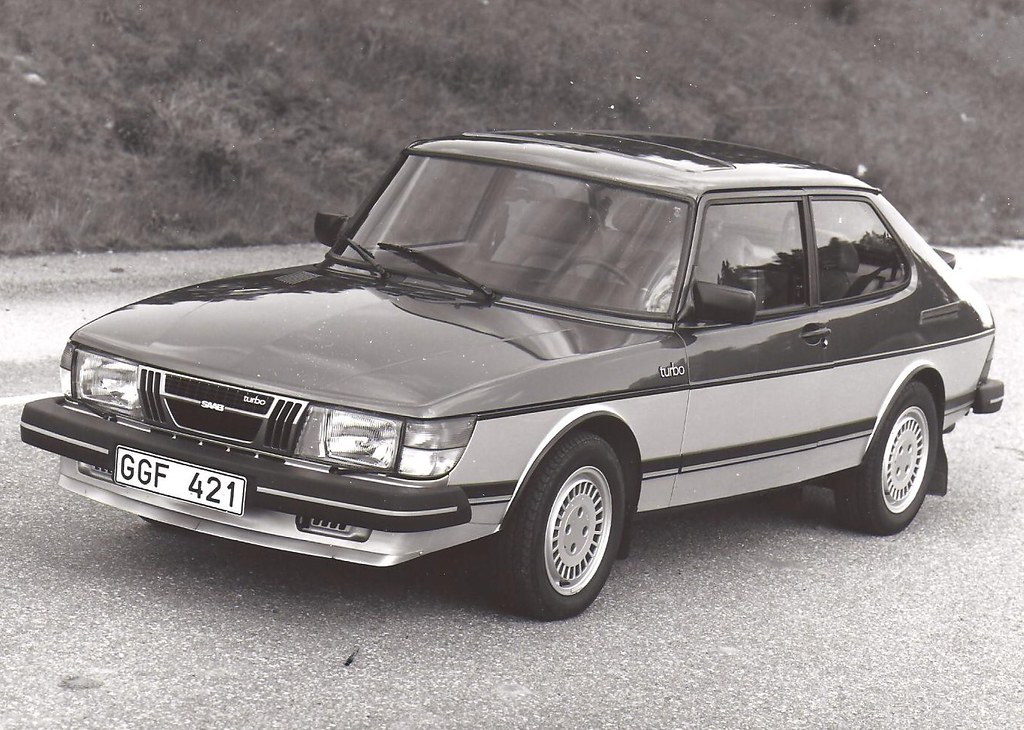
14. **Saab**
Saab, though not a traditional ultra-luxury marque, occupied a unique premium niche, appealing to consumers valuing its blend of innovative engineering, advanced safety, and unconventional design. Models like the iconic Saab 900 became symbols of the brand’s individualistic approach, fostering a loyal customer base appreciative of its quirky yet sophisticated appeal.
However, Saab’s journey was marred by persistent financial instability and multiple ownership changes that diluted its core identity. Its acquisition by General Motors proved pivotal; under GM’s influence, Saab struggled to maintain its innovative edge. Corporate mandates often clashed with its unique philosophy, leading to a loss of brand focus and making differentiation difficult.
These mounting challenges culminated in Saab’s bankruptcy filing in 2011, marking the end of its turbulent run. Saab’s story serves as a poignant reminder that even brands with dedicated followers and a reputation for innovation can succumb to financial pressures and a compromised identity, highlighting difficulties faced by niche players under larger corporate control.
Car Model Information: 1992 Saab 900 Turbo 2dr Convertible
Name: Saab 900
Caption: Saab 900 SE Turbo 3-door
Manufacturer: Saab-Scania,Saab Automobile
Production: 1978–1998
Assembly: Sweden:,Trollhättan,Arlöv,Malmö,Uusikaupunki
Class: Compact executive car
Layout: Front-engine, front-wheel-drive layout
Predecessor: Saab 99
Successor: Saab 9-3
Categories: 1980s cars, 1990s cars, All Wikipedia articles needing clarification, All articles needing additional references, All articles that may contain original research
Summary: The Saab 900 is a mid-sized automobile produced by Swedish manufacturer Saab from 1978 until 1998 in two generations: the first from 1978 to 1994, and the second from 1994 to 1998.
The first-generation car was based on the Saab 99 chassis, though with a longer front end to meet U.S. frontal crash regulations and to make room for the turbo-charged engines, air conditioning and other equipment that was not available in the early days of the 99 model. The 900 was produced in 2- and 4-door sedan, and 3- and 5-door hatchback configurations and, from 1986, as a cabriolet (convertible) model. There were single- and twin-Zenith carburettor; fuel injected, and turbocharged engines, including Full Pressure Turbo (FPT) and, in European models during the early 1990s, Low Pressure Turbos (LPT).
Get more information about: Saab 900
Buying a high-performing used car >>>
Brand: Saab Model: 900
Price: $9,995 Mileage: 173,027 mi.
Read more about: The Road to Ruin: 15 Foreign Fails That America Just Couldn’t (or Wouldn’t) Understand
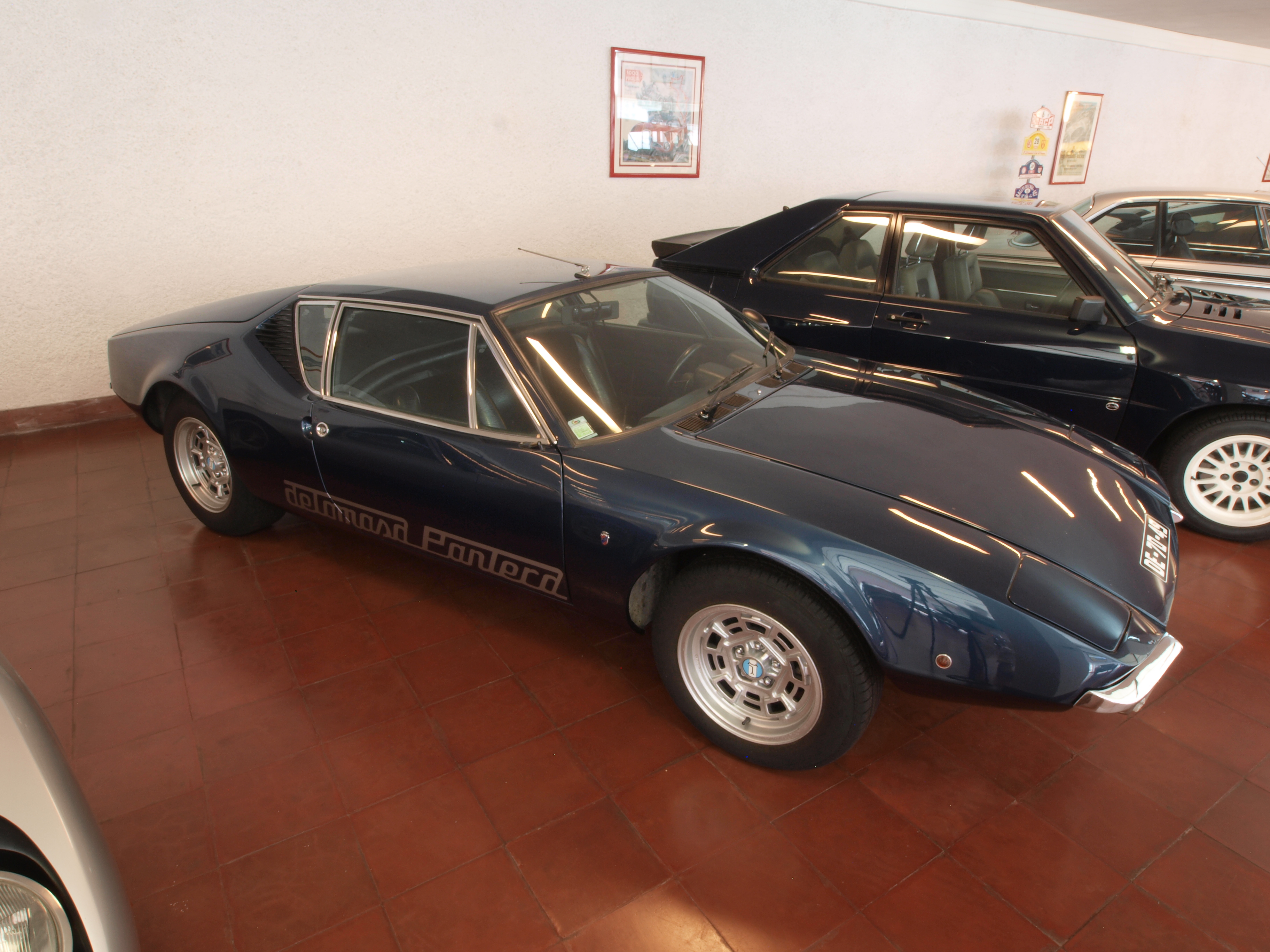
15. **De Tomaso**
De Tomaso, an Italian manufacturer founded in 1959, built a reputation for high-performance sports cars uniquely combining Italian design with robust American V8 engines. Its most famous model, the Pantera, gained a cult following for its exotic looks and raw power, positioning it as a distinct alternative to other European supercars and defining its appeal among enthusiasts.
Despite these iconic creations, De Tomaso consistently struggled with financial instability and a lack of consistent long-term strategic direction. Unlike established Italian counterparts like Ferrari, De Tomaso never achieved widespread commercial success or global recognition. Its production volumes remained low, and the brand faced persistent challenges in scaling operations and securing a stable market presence.
Ultimately, De Tomaso ceased regular production in the early 2000s. Although attempts to revive the brand have occurred, none have successfully reignited its former glory or established a sustainable business model. De Tomaso’s narrative illustrates the intense difficulties of competing in the upper echelons of the sports car market without robust financial backing, consistent leadership, and a clear strategy.
Car Model Information: 2025 Genesis GV80 3.5T
Name: De Tomaso Pantera
Caption: De Tomaso Pantera GT5-S
Manufacturer: De Tomaso
Assembly: Modena
Production: 1971–1992 (7,260 produced)
Designer: Tom Tjaarda,Marcello Gandini
Class: Sports car
BodyStyle: coupé
Layout: Rear mid-engine, rear-wheel-drive layout
Engine: ubl
Abbr: on – later spec
Order: Ford small block engine#351W
Transmission: Manual transmission,List of ZF transmissions
Wheelbase: 2500 mm
Length: 158 in
Disp: flip – later spec
Width: 67 in
Height: 1100 mm
Weight: 1474 kg
Predecessor: De Tomaso Mangusta
Successor: De Tomaso Guarà
Categories: 1980s cars, 1990s cars, All Wikipedia articles needing clarification, Articles with hAudio microformats, Articles with short description
Summary: The De Tomaso Pantera is a mid-engine sports car produced by Italian automobile manufacturer De Tomaso from 1971 to 1992. Italian for “Panther”, the Pantera was the automaker’s most popular model, with over 7,000 manufactured over its twenty-year production run. More than three quarters of the production were sold by American Lincoln-Mercury dealers from 1972 to 1975; after this agreement ended De Tomaso kept manufacturing the car in ever smaller numbers into the early 1990s.
Get more information about: De Tomaso Pantera
Buying a high-performing used car >>>
Brand: De Tomaso Model: Pantera
Price: $63,683 Mileage: 5,413 mi.
Read more about: Rarified Riches: Unearthing Coveted 1970s Classic Cars Skyrocketing in Value for Discerning Collectors
The ongoing inventory crisis, combined with the legacy of brands that faltered despite their luxury aspirations, paints a sobering picture of the automotive industry. From marques like Nissan and Mini grappling with current market shifts and consumer hesitancy to historical names like Maybach and Saab whose distinct identities were ultimately compromised, the landscape is fraught with challenges. This complex interplay of economic pressures, evolving consumer preferences, and strategic miscalculations underscores a fundamental truth: even in the realm of luxury, success is transient, and adaptability is paramount. As manufacturers navigate a future defined by electrification, intense competition, and a re-evaluation of value, the lessons from both current struggles and past failures offer invaluable insights into what it takes not just to survive, but to truly thrive, in the ever-demanding world of high-end automobiles.

